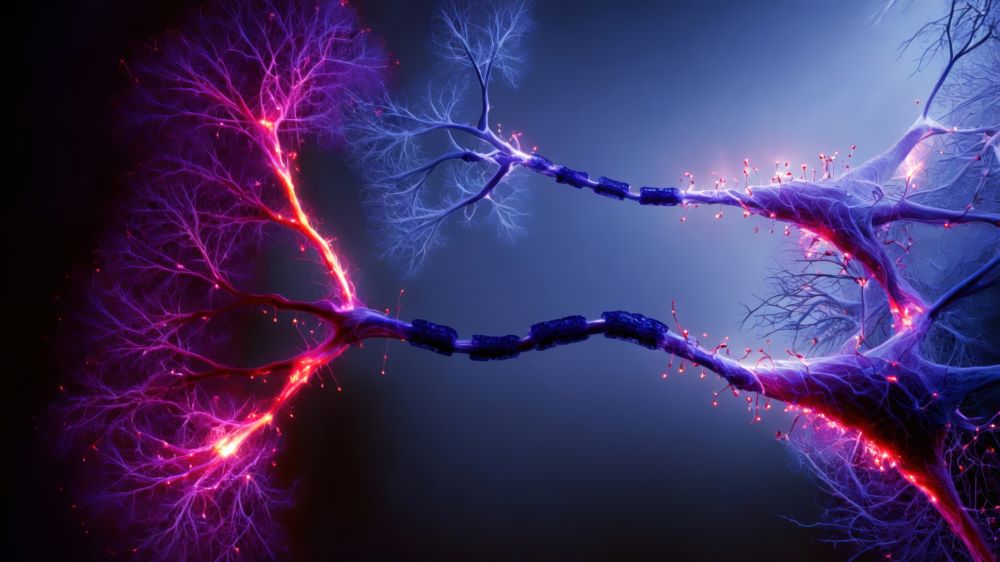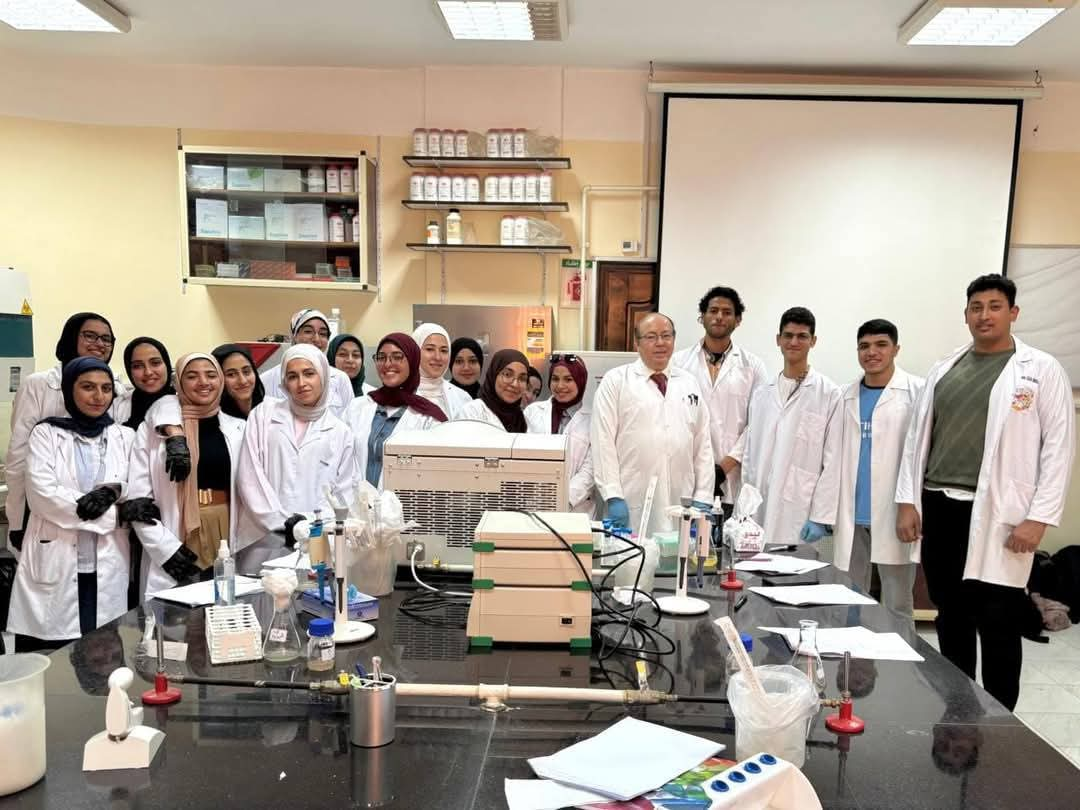Why We Need Arabic Language Models
24 August 2025
Published online 21 August 2025
A new wave of synthetic-biology research is turning living cells into programmable devices, opening the door to innovation in regional medicines, materials and climate solutions.

Synthetic biology (SynBio) is an emerging discipline that attempts to reprogram and design the cells’ genetic materials, converting them into controllable and computerized bio-devices. In its essence, SynBio merges computing and engineering with molecular biology to develop applications that operate with high precision and yield predictable results.
Programming and design are two key elements of SynBio, driven by the fundamental concept of cells being programmable and engineerable. Cells compute all the time; processing environmental inputs through DNA-encoded ‘bio-algorithms’, and generating measurable outputs.
A classic example of this computing process is the lactose metabolism in Escherichia coli; cells uptake sugar as an input, DNA senses it, relevant enzymes are expressed, and energy plus lactate are produced as output. Cells can also perform an AND logic function to regulate this metabolism, just as computers do.
This intersection between computers and cells inspired the beginning of SynBio in the early 2000s, when researchers, James Collins and Michael Elowitz, separately with their teams, implemented circuits of genes and molecules to mimic the electronic circuits composed of transistors and wires. The behaviour of those genetic circuits was successfully modeled and worked predictably. This promoted the development of other diverse applications, such as sensors of explosive materials and potential cancer therapy.

Credit: Walid El-Sharoud.
In terms of design, genes consist of parts that can be characterized, standardized, and catalogued. This enables the rational engineering of living systems and, coupled with programming, pushes synthetic biology beyond traditional biotechnology. Advances of SynBio include building of complete functional microbial genomes that can mediate the working of a whole semi-synthetic cell. Researchers have also incorporated non-natural amino acids into synthesized proteins for potentially therapeutic value.
The mRNA-based COVID-19 vaccine originally relied on SynBio’s concept. Other outcomes include Imlygic, an oncolytic virus-based drug approved for treating melanoma, yeast-produced artemisinin to treat malaria, synthetic silk, bioplastics, and a meatless burger. Current ambitions range from de-extincting ancient creatures to extending human life.
To harness its potential, I launched the Synthetic Biology Laboratory at Mansoura University in Egypt. Working with global partners worldwide, we were able to engineer non-conventional yeast to produce bisabolene, which is a crucial pharmaceutical and a biofuel precursor. Our current work focuses on engineering yeast to produce milk protein, leveraging CRISPR enzymes in genetic manipulation and developing biosensors for pathogen detection.
At KAUST in Saudi Arabia, specialized research teams are advancing SynBio applications; engineering photosynthetic microorganisms such as algae to create resource-efficient processes for carbon capture, biomanufacturing, and other environmental applications.
Synthetic biology has moved from proof-of-concept to practical reality, delivering new medicines, sustainable materials, and climate-smart technologies. In the Arab world, we possess the talent, natural resources, and strategic ambition to benefit from this next biotechnological wave.
By investing in targeted research programmes, developing collaborative networks and training the next generation of synthetic biologists, the region can convert cutting-edge science into high-value industries and home-grown solutions to our pressing environmental and health challenges.
doi:10.1038/nmiddleeast.2025.139
Stay connected: